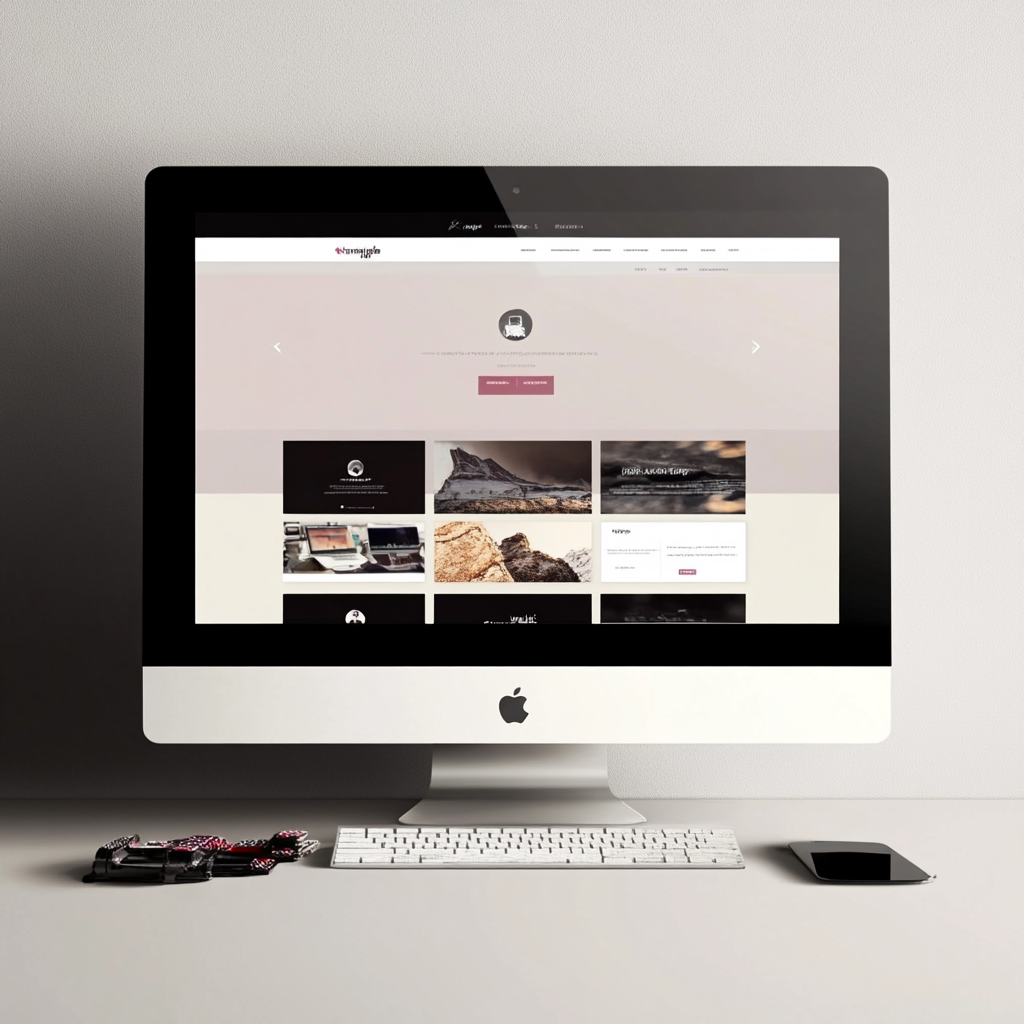In today’s digital age, the importance of effective web design cannot be overstated. With billions of websites vying for attention, how a site looks and functions can make or break its success. This blog will explore the key principles of web design, the latest trends, and best practices that can help you create an engaging online presence.
Understanding Web Design
At its core, web design involves creating and organizing content on the web. It encompasses several elements, including layout, color schemes, typography, and images. A well-designed website provides a seamless user experience, guiding visitors toward their goals, whether purchasing a product, signing up for a newsletter, or simply finding information.
One agency that showcases these principles is Splitpixel, a web design agency based in Leeds. With a passion for creating visually stunning and functional websites with high levels of accessibility, Splitpixel understands the intricacies of user experience and the importance of an engaging design.
The Goals of Web Design

The primary goals of web design can be summarised as follows:
- Usability: A website should be easy to navigate, allowing users to find what they need without confusion.
- Aesthetics: Visual appeal matters. An attractive design can capture visitors’ attention and encourage them to explore further.
- Functionality: The site should work flawlessly across various devices and browsers, providing a consistent experience.
- Branding: Web design is an extension of a brand’s identity. A cohesive design reinforces brand values and messaging.
- Conversion: Ultimately, effective web design drives desired actions, whether it’s making a purchase, filling out a form, or engaging with content.
Key Principles of Effective Web Design
1. Responsive Design
Responsive design is crucial in an era when users access the web through various devices. This approach ensures a website looks and functions well on desktops, tablets, and smartphones. Key techniques include flexible grid layouts, fluid images, and CSS media queries.
Best Practices:
- Use a mobile-first design strategy, designing for the smallest screen first and then expanding to larger screens.
- Test your design across multiple devices and screen sizes to ensure functionality.
2. User-Centred Design
User-centered design (UCD) focuses on understanding users’ needs, preferences, and behaviors. By prioritizing the user experience, designers can create intuitive and engaging interfaces.
Best Practices:
- Conduct user research to gather insights about your target audience.
- Use personas and user journey mapping to guide your design decisions.
3. Visual Hierarchy
Visual hierarchy refers to arranging elements on a page to guide users’ attention. By emphasizing certain elements, designers can create a clear path for users to follow.
Best Practices:
- Use size, color, contrast, and spacing to create a hierarchy of importance.
- Place key information at the top of the page and use headings and subheadings to break up content.
4. Color Theory
Color plays a significant role in web design, influencing emotions and behaviors. Different colors evoke different feelings, and understanding color theory can help you choose a palette that aligns with your brand and message.
Best Practices:
- Limit your color palette to 3-5 colors for a cohesive look.
- Consider color contrast to ensure readability, especially for text.
5. Typography
Typography affects a site’s aesthetics and readability. Choosing the right fonts and structuring text appropriately can enhance the user experience.
Best Practices:
- Use web-safe fonts or Google Fonts for accessibility.
- Establish a clear hierarchy with font sizes and weights.
6. Whitespace
Whitespace, or negative space, refers to the empty areas around elements. It is crucial in improving readability, reducing clutter, and enhancing overall aesthetics.
Best Practices:
- Use whitespace strategically to create breathing room between elements.
- Avoid overcrowding your design with too many elements.
Latest Trends in Web Design
Web design is an ever-evolving field, with new trends emerging regularly. Here are some of the latest trends that are shaping the landscape:
1. Dark Mode
As more users prefer dark interfaces, many websites incorporate dark mode options. This trend enhances aesthetics and reduces eye strain in low-light environments.
2. Minimalism
The minimalist design emphasizes simplicity, focusing on essential elements. This trend often features ample whitespace, limited color palettes, and clear typography, creating a serene and focused user experience.
3. Microinteractions
Microinteractions are subtle animations or design elements that enhance user engagement. They can be as simple as a button changing color on hover or more complex animations that provide feedback during user actions, adding a layer of interactivity to the experience.
4. Asymmetrical Layouts
Asymmetrical designs break away from traditional grid layouts, creating visual interest and drawing attention. This trend can make a site feel more dynamic and less predictable, encouraging users to explore further.
5. Illustrations and Custom Graphics
Custom illustrations and graphics add personality to a website. They can help convey complex ideas and differentiate a brand from competitors, fostering a unique identity.
6. Video Backgrounds
Using video backgrounds is becoming increasingly popular. A well-placed video can tell a story or convey a message more effectively than static images, capturing users’ attention instantly.
7. Voice User Interface (VUI)
As voice-activated technology becomes more prevalent, integrating voice user interfaces into web design is an emerging trend. This adds an extra layer of accessibility and convenience, particularly for users who may find traditional navigation cumbersome.
Best Practices for Web Design
1. Prioritise Speed
Page load speed is critical for user retention. Slow-loading websites leads to higher bounce rates, negatively impacting SEO and conversions. Optimize images, minimize code, and use caching to improve load times. In addition to being a web design agency, Splitpixel specializes in SEO, providing support to improve your online search visibility.
2. Ensure Accessibility
Designing for accessibility ensures that all users, including those with disabilities, can access and navigate your site. To create an inclusive experience, follow the Web Content Accessibility Guidelines (WCAG).
3. Test and Iterate
Web design is not a one-time process. Continuously testing your design through A/B testing, user feedback, and analytics can help refine and improve the user experience. Tools like Google Analytics can provide valuable insights into user behavior.
4. Maintain Consistency
Consistency in design elements, such as colors, fonts, and button styles, fosters familiarity and enhances usability. Establish a style guide to ensure a cohesive design throughout the site.
5. Focus on Content
Content is king. Prioritise high-quality, relevant content that serves your audience’s needs. Ensure that your design complements and enhances the content rather than overwhelming it. Regularly updating content keeps the site fresh and engaging.
6. Implement Clear Calls to Action (CTAs)
Effective web design guides users toward taking specific actions. Use clear, compelling CTAs that stand out and encourage users to engage. Experiment with placement and wording to determine what resonates best with your audience.
Conclusion
Web design is a multifaceted discipline that blends creativity and technical skill. By understanding the principles of effective design, staying abreast of the latest trends, and adhering to best practices, you can create websites that are visually appealing but also functional and user-friendly.
Investing time and effort into thoughtful web design can lead to increased user engagement, higher conversion rates, and a more successful online presence in a world where first impressions matter. Embrace the art and science of web design to craft digital experiences that resonate with your audience.








